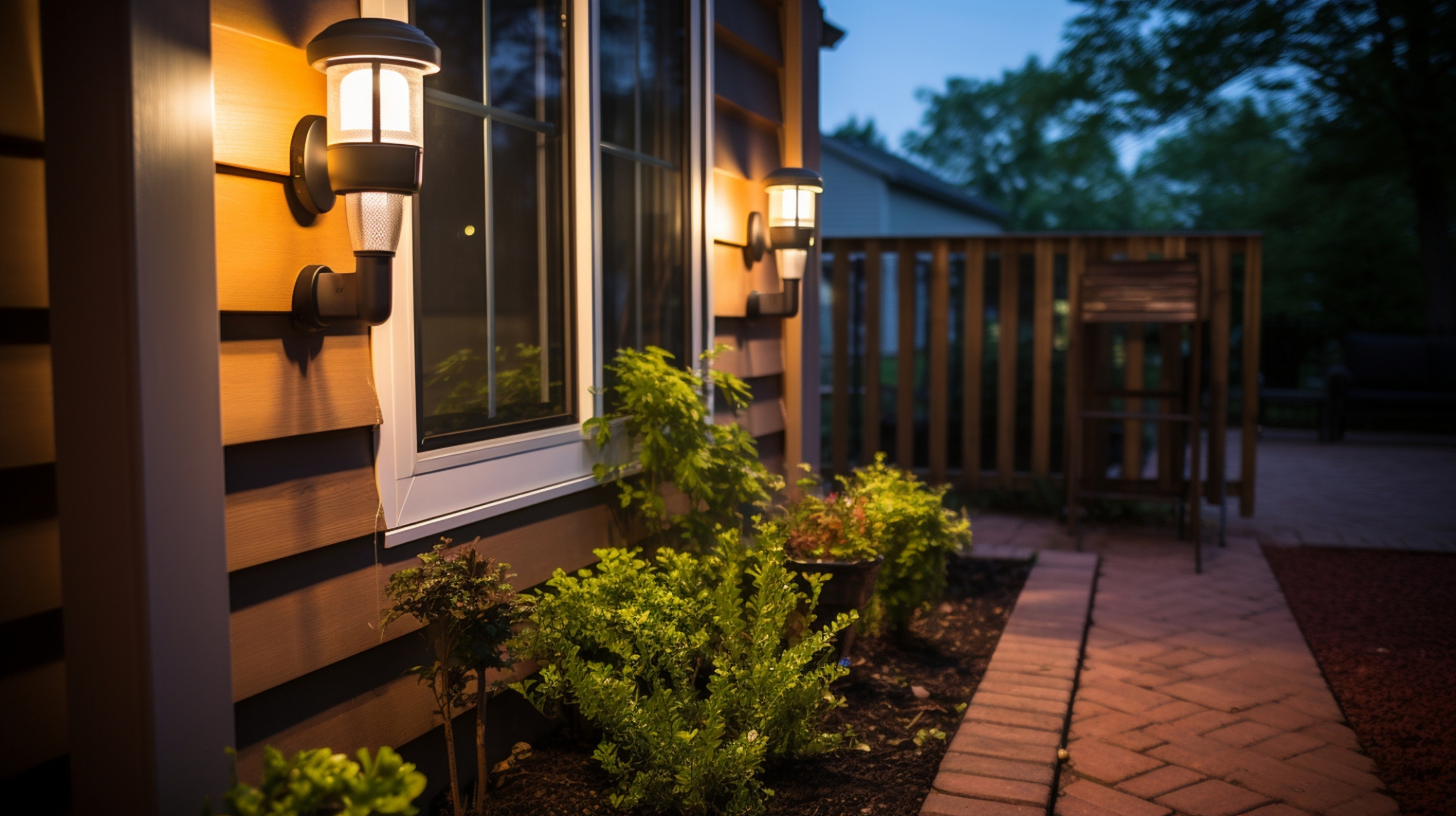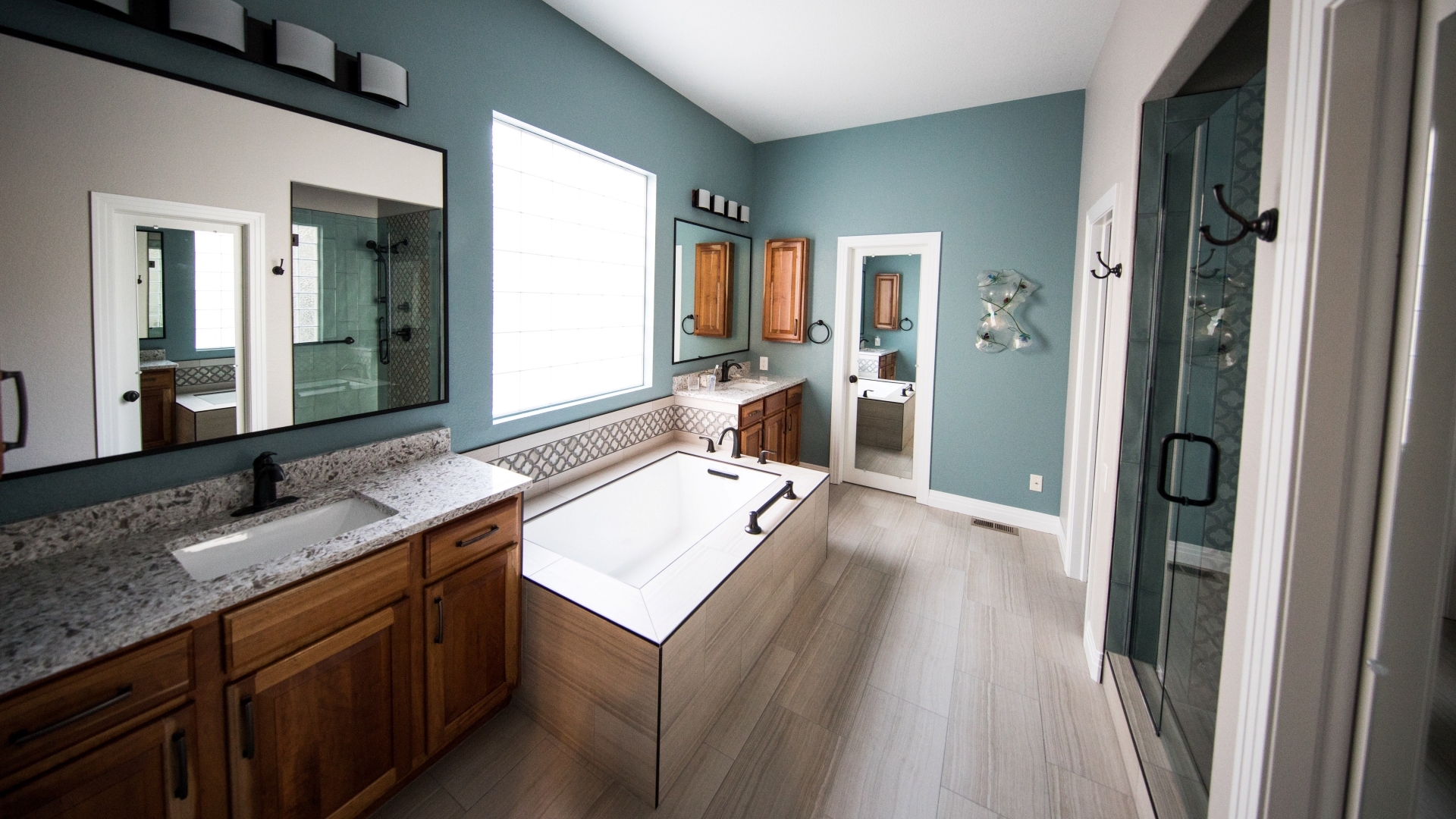Welcome property owners and homeowners! Not enough can be said about the importance of taking care of the concrete surfaces on your properties. From cracked pathways to sunken pool decks, an unmaintained concrete surface can cause permanent damage – not to mention detracting from the value of your home (or rental property) in a heartbeat.
With that being said, it’s essential for both homeowners and commercial property owners alike to be aware of the maintenance tips needed to ensure longevity and sustainability when dealing with cracked or broken concrete surfaces. After all, introducing repairs early will make sure those pesky damages don’t spin out of control over time. In this blog post, you’ll find the top maintenance tips required for keeping your structures intact – whether they’re residential driveways or commercial patios – so you can say goodbye to those annoying cracks once and for all!
Identify the Cause of Your Cracked Concrete
Cracks in concrete may appear to be merely cosmetic, but they could indicate a more fundamental issue. Identifying the cause of the cracking is crucial to preventing future problems. One potential cause is shrinkage, where the concrete loses moisture and dries out, causing it to crack. Another possible cause is a settlement, which occurs when the soil beneath the concrete shifts, causing the concrete to shift and crack.
Furthermore, concrete can crack due to freeze-thaw cycles or overload, such as heavy vehicles or machinery. Identifying the underlying cause of the cracking is key to ensuring that the concrete remains durable and long-lasting. More importantly, doing this means that whether you are doing concrete repairs in Brisbane or in Melbourne, you can be sure that the problem is addressed and solved properly. By taking the necessary steps to address the underlying issue, you can prevent future deterioration of your concrete and save yourself the headache of costly repairs.
Regularly Inspect Your Concrete for Signs of Wear and Tear
As concrete is a long-lasting and durable material, it often gets overlooked when it comes to regular maintenance. However, it is crucial to regularly inspect your concrete for cracks, chips, and other signs of wear and tear, especially in high-traffic areas. Not only can these issues compromise the integrity of the concrete, but they can also create potential safety hazards for those walking on it. As an academic and professional, it is essential to take a perceptive approach to concrete maintenance and recognize the importance of proactive upkeep. By regularly inspecting and addressing any issues with your concrete, you can ensure the longevity and safety of the surface for years to come.
Clean Up Any Debris or Dirt on a Regular Basis
Maintaining a clean and dirt-free environment is critical for ensuring that cracks in surfaces do not worsen over time. Although it may seem like a minor issue, allowing debris to accumulate on a regular basis can lead to serious damage and costly repairs. To prevent this from occurring, it is essential to implement a regular cleaning schedule for all surfaces, taking special care to keep them dirt-free and free of debris. This not only helps to prevent further cracks from developing but also promotes a healthy and hygienic environment. As such, taking proactive measures to keep surfaces clean is an investment in both the short and long term, reducing the need for costly repairs and ensuring that your environment remains safe and functional.
Seal Concrete Surfaces with a Sealant to Protect Against Water Damage and Reduce the Risk of Further Cracking
Concrete surfaces are inherently porous, making them vulnerable to water damage and other forms of deterioration over time. Fortunately, applying a sealant can offer an effective solution for protecting these surfaces against such damage. By forming a protective layer on the surface of the concrete, sealants can help to prevent water from penetrating the material and causing further damage, while also reducing the risk of cracking and other forms of structural damage. For those looking to maintain the aesthetics and functionality of their concrete surfaces over the long term, investing in a high-quality sealant is a smart and worthwhile choice.
Apply a Patching Compound to Repair Any Minor Cracks
Over time, minor cracks can develop on walls and it is important to address them before they worsen. One way to repair these cracks is by applying a patching compound. This method involves filling in the cracks with a special mixture that dries and hardens, ultimately strengthening the wall. Using a patching compound, and understanding the difference between speckle and patching compound, not only improves the appearance of the wall but also helps to prevent further damage to the structure. Whether it’s in a residential or commercial setting, taking the time to repair minor cracks through a patching compound application can prevent larger and more costly repairs in the future.
Address Major Cracking Issues by Consulting with an Experienced Contractor
When it comes to addressing cracking issues in your property, it is important to seek the advice of an experienced contractor. Structural damage caused by cracking can lead to serious safety concerns and should be addressed as soon as possible. An experienced contractor can offer insight into the cause of the cracking and provide a solution to fix the issue effectively. With their knowledge and expertise, they can also ensure that any repairs made are long-lasting and will not cause future damage. By consulting with a professional, you can have peace of mind knowing that your property is in good hands and any potential risks are minimized.
Dealing with cracked concrete can be a trying task and may take some effort to navigate. However, following the tips we have outlined in this blog post can help you keep your surfaces looking good as new. Through identifying the cause of your cracked concrete, regularly inspecting for signs of wear and tear, cleaning away debris and dirt, sealing the surface with a sealant, applying patching compounds to repair minor cracks, and consulting with an experienced contractor for major cracking issues is sure to keep your concrete surfaces safe from further damage.
Keeping up with a regular maintenance plan can ensure that your concrete surfaces remain problem free for many years to come. As is best practice for any home maintenance issue – scheduling routine inspections and regularly addressing any potential issues before they become problems can save you lots of money in the long run. Use these tips as a guide for maintaining your concrete surfaces so that you’ll always feel secure about having safe and strong walkways and patios at home.













